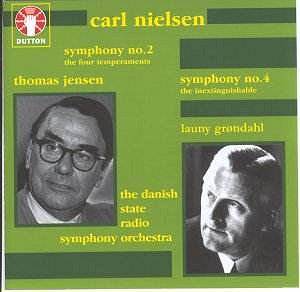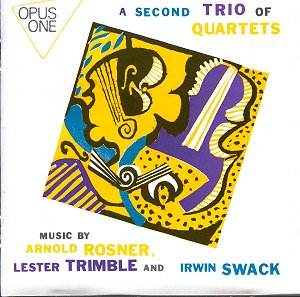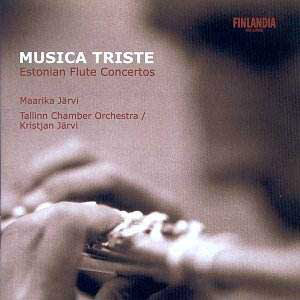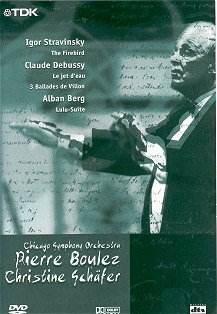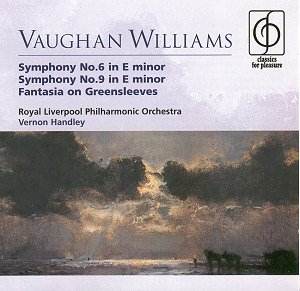 Composer: Ralph Vaughan Williams
Composer: Ralph Vaughan Williams
Works: Symphony No. 6 in E minor, Symphony No. 9 in E minor, Fantasia on ‘Greensleeves’
Performers: Royal Liverpool Philharmonic Orchestra, conducted by Vernon Handley
Recording: Philharmonic Hall, Liverpool, 5 & 6 March 1993, and 30 November & 1 December 1990
Label: Classics for Pleasure
Ralph Vaughan Williams occupies a singular position within the pantheon of British composers, his oeuvre distinguished by a deep engagement with both the pastoral and the existential. The present release features two of his late symphonic works, the Sixth and Ninth Symphonies, alongside the well-loved Fantasia on ‘Greensleeves’. These compositions, particularly the symphonies, reflect the composer’s evolving musical language and profound introspection during the latter part of his life, mirroring the turbulence of the mid-20th century and his own artistic maturity.
Vernon Handley’s interpretation of the Sixth Symphony is particularly noteworthy. This work, often regarded as one of the finest British symphonies, is marked by its emotional weight and stark landscapes. Handley’s pacing in the first movement is expertly calibrated, allowing the compound time rhythms to unfold naturally without sacrificing the requisite propulsion. The Royal Liverpool Philharmonic Orchestra executes this with commendable clarity, ensuring that the intricate textures remain audible amidst the full orchestral score. The famous theme that emerges at 6’08” is not indulged in sentimentality; rather, it is presented with a careful balance that enhances its inherent beauty.
In the second movement, Handley demonstrates an admirable command over dynamics and tension. The slow build-up to the climax at 4’50” is executed with an almost ethereal restraint, culminating in a cathartic release at 7’21”. This moment, rich with intensity, is all the more striking for its careful preparation, leading into the poignant coda that hints at the desolation awaiting in the final movement. The scherzo, characterized by its frenetic energy, showcases the orchestra’s versatility, particularly the vivid sonority of the saxophones, which adds a layer of color and texture that is compellingly executed under Handley’s direction.
The Ninth Symphony, completed in 1957, continues the exploration of orchestral color established in the Sixth but introduces a more fragmented thematic structure. Here, Vaughan Williams employs a smaller, more elusive thematic material, which Handley navigates with skillful orchestral balance. The orchestration features a remarkable use of three saxophones and a flügelhorn, enriching the symphonic palette while challenging the conductor with its complexity. Handley’s interpretation reveals the philosophical depths of the work, as noted by Andrew Burn, who aptly describes it as a profound exploration of the human condition. This symphony is not merely a reflective summation of Vaughan Williams’ career but rather a formidable intellectual endeavor, and Handley rises to the challenge with a compelling and coherent performance.
The sound quality of this recording is exemplary, with a well-balanced mix that allows the intricate details of the orchestration to shine through without overwhelming the listener. The engineering captures the full breadth of the orchestra’s sound, from the hushed introspection of the Sixth’s finale to the powerful, craggy textures of the Ninth. Such clarity is essential in conveying the emotional landscapes that Vaughan Williams paints throughout these works.
Both symphonies, while distinct in their thematic and structural approaches, resonate with a kinship that Handley elucidates through his interpretation. The finale of the Sixth is imbued with a sense of disquiet and withdrawal, contrasting sharply with the Ninth’s vigorous, yet contemplative conclusion. This juxtaposition is expertly handled, demonstrating how similarly inhospitable landscapes can evoke different emotional responses.
This disc not only restores two significant performances to the catalogue but does so with an interpretative authority and technical finesse that merit enthusiastic recommendation. Handley’s readings are insightful and deeply felt, making this collection an essential addition for both the devoted Vaughan Williams aficionado and the curious newcomer alike.
